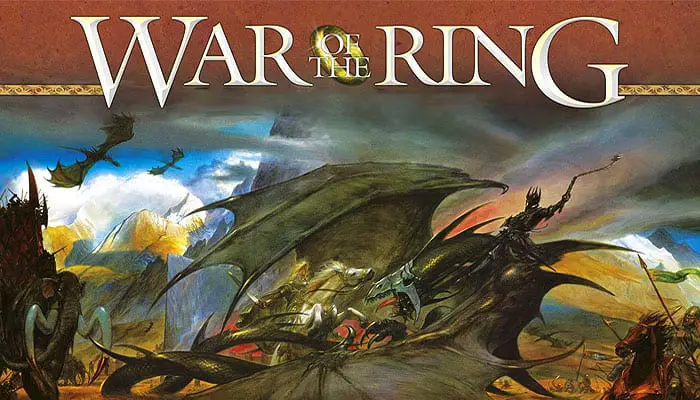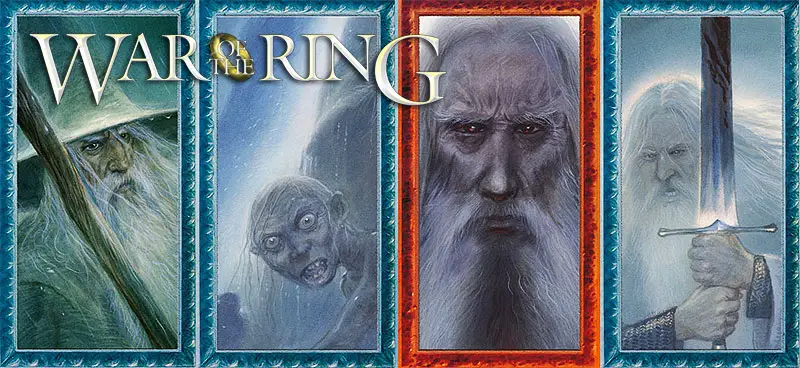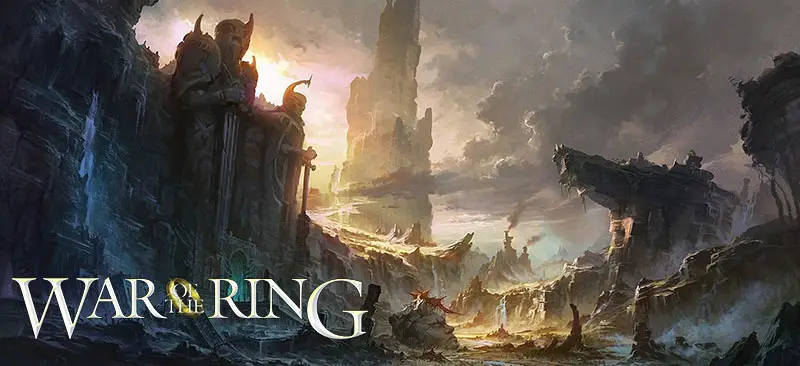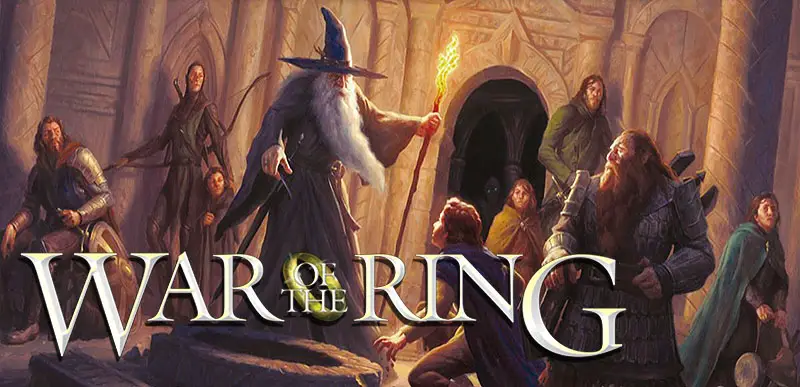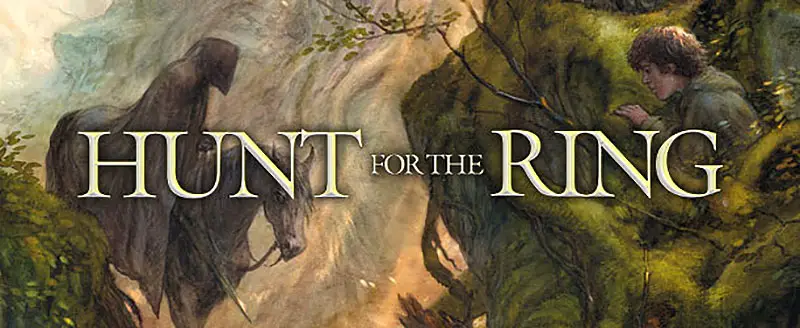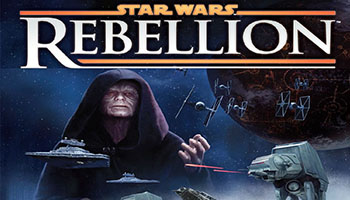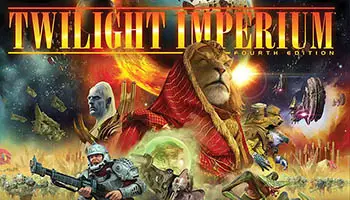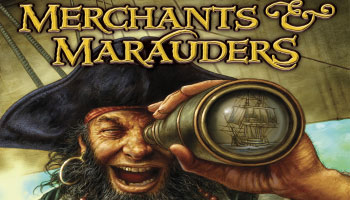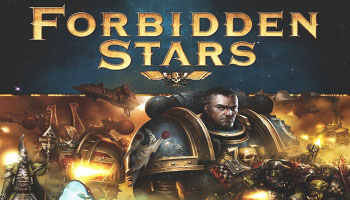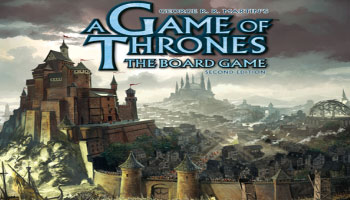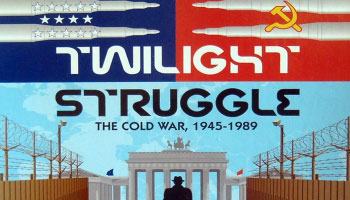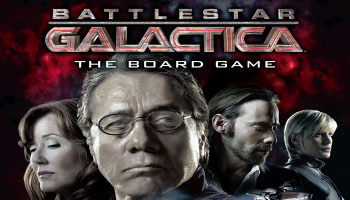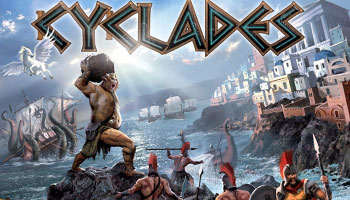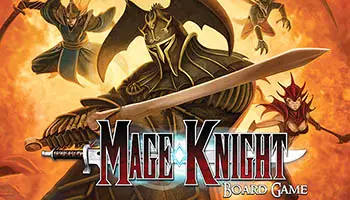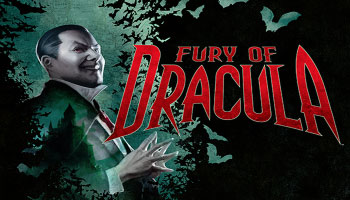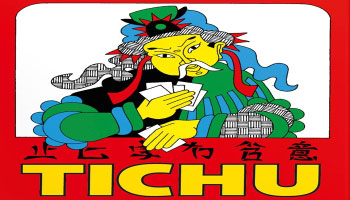Welcome to the War of the Ring strategy board game.
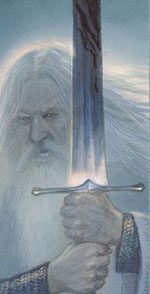
War of the Ring is a game for two to four players, based on J.R.R. Tolkien's The Lord of the Rings.
The players take part in the struggle of the armies of the Free Peoples and the heroic Companions of the Fellowship of the Ring against the dark host of the Shadow and the powerful Minions of the Dark Lord.
In a two-player game, each opponent will lead either the Free Peoples or the armies of the Shadow, while in a three- or four-player game, the players will be organized in two teams, each team controlling either faction.
In each game of War of the Ring, the player controlling the Shadow attempts to use his superior military power to conquer Middle-earth.
At his command gather Sauron's legions of Orcs and Trolls, the forces of the wizard Saruman, and the hosts of the Southrons and Easterlings, set to bring darkness over the West.
Against this onslaught, the Free Peoples player leads an allegiance of Elves, Dwarves, the riders of Rohan, men of Gondor, and men from the North-a fragile union trying to defend the last free realms of Middle-earth, and to gain precious time to allow the success of the Quest of the Ring- bearers.
While armies clash, the nine Companions of the Fellowship of the Ring travel towards the very heart of the domains of the Dark Lord-Mount Doom-to destroy the One Ring in the Mountain of Fire.
Controlled by the Free Peoples player, the Fellowship is his true chance of winning, as the military forces of the Shadow will be vanquished together with their master if the Ring is undone. But the Quest is fraught with ever greater perils, as the Darkness falls over Middle-earth...
In the end, one side will emerge victorious.
If the Shadow conquers enough of its enemies' cities and strongholds, or if the Ring-bearers fail and are corrupted, Darkness will triumph.
If the Fellowship succeeds in destroying the Ring before this happens, or the armies of the Free Peoples succeed in turning the tide and conquering the enemy's strongholds themselves, the fall of the Dark Lord is at hand...

War of the Ring is a game for 2 to 4 players. The forces involved in the conflict are divided into two sides: the Free Peoples and the Shadow. When playing with three players, one player controls the Free Peoples and the remaining two control the Shadow, sharing tasks. When playing with four players, all participants evenly share the forces of the two sides.
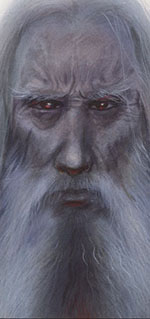
The game can be won by a military victory, if Sauron conquers a certain number of Free People cities and strongholds or vice versa. But the true hope of the Free Peoples lies with the quest of the Ringbearer: while the armies clash across Middle Earth, the Fellowship of the Ring is trying to get secretly to Mount Doom to destroy the One Ring.
Sauron is not aware of the real intention of his enemies but is looking across Middle Earth for the precious Ring, so that the Fellowship is going to face numerous dangers, represented by the rules of The Hunt for the Ring.
But the Companions can spur the Free Peoples to the fight against Sauron, so the Free People player must balance the need to protect the Ringbearer from harm, against the attempt to raise a proper defense against the armies of the Shadow, so that they do not overrun Middle Earth before the Ringbearer completes his quest.
Each game turn revolves around the roll of Action Dice: each die corresponds to an action that a player can do during a turn. Depending on the face rolled on each die, different actions are possible (moving armies, characters, recruiting troops, advancing a Political Track).
Action dice can also be used to draw or play Event Cards. Event Cards are played to represent specific events from the story (or events which could possibly have happened) which cannot be portrayed through normal game-play.
Each Event Card can also create an unexpected turn in the game, allowing special actions or altering the course of a battle.
War of the Ring: Warriors of Middle-earth – Tidings Not Burdens Mini-Expansion
